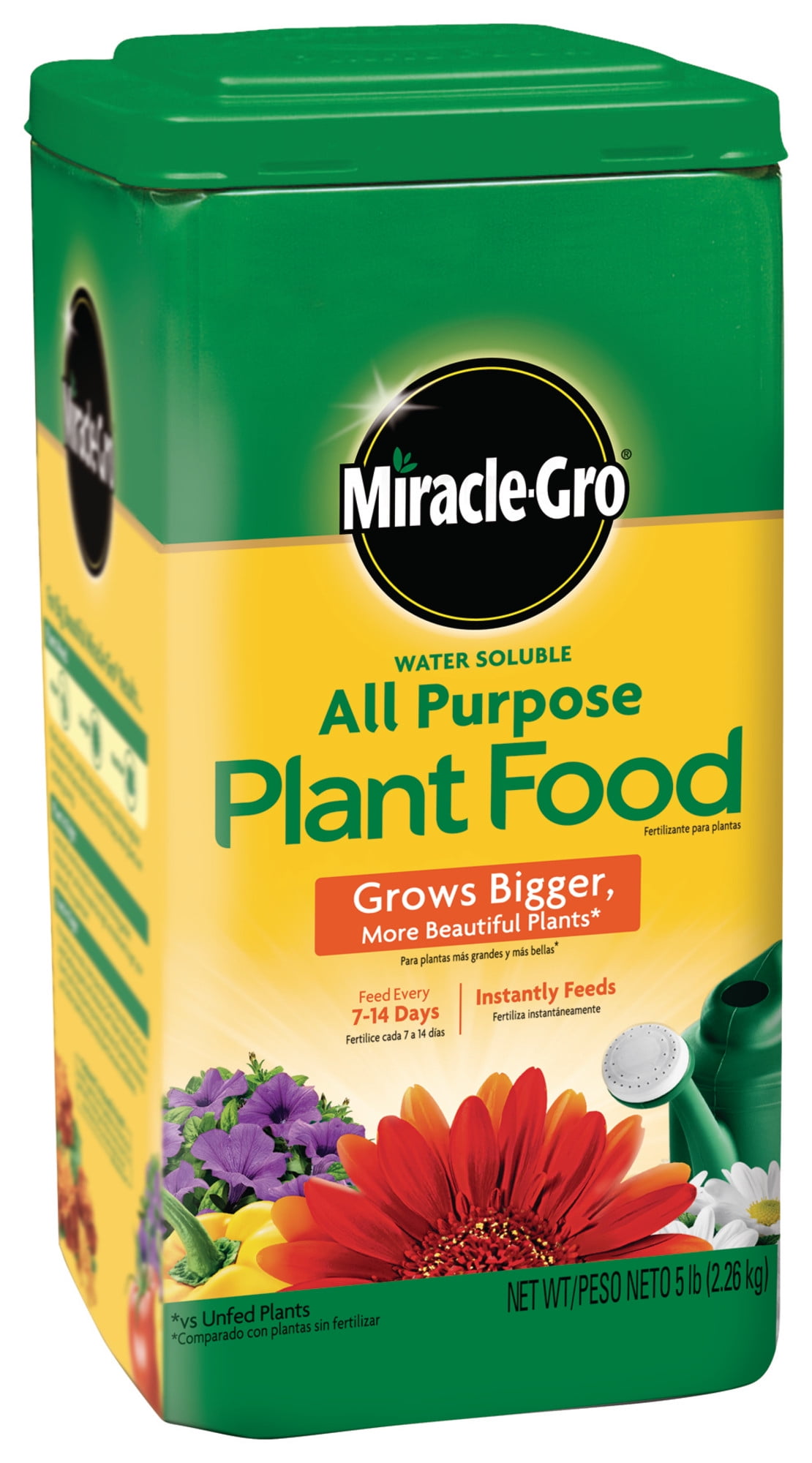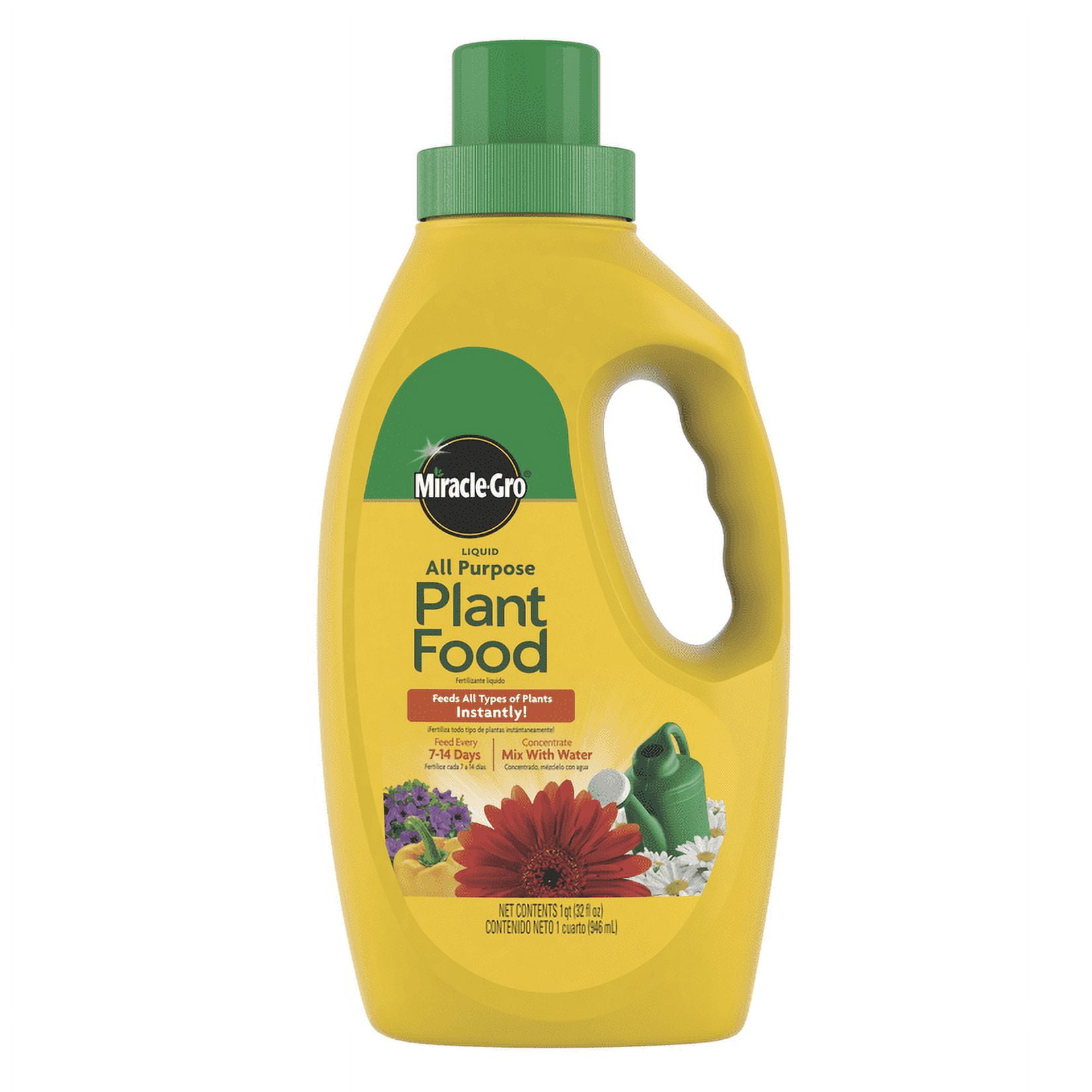
Komposttee: Ein Lebendiger Elixier für Ihre Pflanzen
Eintauchen in die Welt des Komposttees

Komposttee, ein magischer Trank, der Ihre Pflanzen zum Strahlen bringt! Es ist mehr als nur eine einfache Lösung zur Pflanzenfütterung. Es ist ein lebendiges Ökosystem, das Ihre Pflanzen mit einer Fülle von Nährstoffen versorgt, während es gleichzeitig die Bodenqualität verbessert.
Was ist Komposttee eigentlich?
Stellen Sie sich vor, Sie brühen einen Tee, aber anstatt Teebeutel verwenden Sie Kompost. Ja, Sie haben richtig gehört! Komposttee ist im Grunde genommen ein Extrakt aus Kompost, der durch ein Belüftungssystem mit Sauerstoff angereichert wird. Dieser Prozess fördert das Wachstum von nützlichen Mikroorganismen, die für die Gesundheit Ihrer Pflanzen von entscheidender Bedeutung sind.
Die Magie der Mikroorganismen
Diese winzigen Kreaturen sind die wahren Helden in der Geschichte des Komposttees. Bakterien, Pilze und andere Mikroorganismen arbeiten zusammen, um komplexe organische Stoffe in einfachere Nährstoffe umzuwandeln, die Ihre Pflanzen leicht aufnehmen können. Sie bilden ein starkes Immunsystem für Ihre Pflanzen, indem sie schädliche Krankheitserreger abwehren.
Die Vorteile von Komposttee
Nährstoffreiche Nahrung: Komposttee liefert Ihren Pflanzen eine ausgewogene Ernährung, einschließlich Stickstoff, Phosphor, Kalium und einer Vielzahl von Mikronährstoffen.
Wie man Komposttee herstellt
Die Herstellung von Komposttee ist ein faszinierender Prozess, der sowohl Wissenschaft als auch Kunst erfordert. Hier ist ein einfacher Überblick:
1. Kompost auswählen: Verwenden Sie hochwertigen, gut ausgereiften Kompost als Grundlage für Ihren Tee.
2. Belüftungssystem: Ein Belüftungssystem, wie ein Aquariumluftheber oder ein Kompostteebräuer, ist erforderlich, um Sauerstoff in den Komposttee zu pumpen.
3. Brühzeit: Lassen Sie den Komposttee etwa 24-48 Stunden brühen.
4. Filtration: Filtern Sie den Komposttee, um grobe Partikel zu entfernen.
5. Anwendung: Verdünnen Sie den Komposttee mit Wasser und gießen Sie Ihre Pflanzen damit.
Tipps für die perfekte Kompostteebrühung
Wasserqualität: Verwenden Sie sauberes, chlorfreies Wasser.
Komposttee: Ein Geschenk der Natur
Komposttee ist ein wunderbares Werkzeug für Gärtner und Pflanzenliebhaber. Es ist eine nachhaltige und umweltfreundliche Methode, um Ihre Pflanzen zu nähren und zu schützen. Indem Sie die Kraft der Natur nutzen, können Sie gesunde, blühende Gärten schaffen. Tauchen Sie ein in die faszinierende Welt des Komposttees und entdecken Sie die Geheimnisse eines lebendigen Elixirs.
Fermentation, an ancient technique that has been used for centuries to preserve food and enhance its flavor, is experiencing a resurgence in popularity. This process involves the conversion of carbohydrates into alcohol or organic acids through the action of microorganisms. The result is a complex array of flavors, textures, and nutritional benefits.
The Science Behind the Magic
At the heart of fermentation lies a diverse community of microorganisms, including bacteria and yeast. These tiny organisms consume sugars and produce a range of byproducts, such as lactic acid, acetic acid, and alcohol. These compounds not only contribute to the unique taste of fermented foods but also play a crucial role in improving their nutritional value.
Fermentation’s Nutritional Benefits
Fermentation can significantly enhance the nutritional profile of plant-based foods. During the process, complex carbohydrates are broken down into simpler sugars, making them more easily digestible. Additionally, fermentation can increase the bioavailability of vitamins and minerals, such as vitamin B12 and iron.
A Flavorful World of Fermented Foods
The world of fermented foods is vast and varied, offering a plethora of flavors and textures to tantalize the taste buds. Here are a few popular examples:
Sauerkraut: This tangy and crunchy condiment is made by fermenting cabbage with salt. Sauerkraut is rich in probiotics, which promote gut health.
Fermenting at Home: A DIY Adventure
Fermenting your own food at home is a rewarding and creative process. With a few basic supplies and some patience, you can create a wide range of delicious and nutritious fermented foods.
Essential Equipment:
Basic Ingredients:
The Fermentation Process:
1. Preparation: Clean and sanitize your equipment to prevent contamination.
2. Salting: Add salt to your vegetables or fruits to draw out moisture and inhibit the growth of harmful bacteria.
3. Packing: Pack the salted ingredients tightly into jars, leaving some space at the top.
4. Weighting: Use a weight to keep the ingredients submerged in the brine, preventing mold growth.
5. Fermentation: Store the jars in a cool, dark place and allow the fermentation process to take its course. The fermentation time will vary depending on the type of food and your desired level of acidity.
6. Tasting and Adjusting: Periodically taste your fermented food to check for flavor and acidity. If necessary, adjust the salt level or fermentation time.
Safety Tips:
By understanding the science and art of fermentation, you can unlock a world of flavor and nutrition. So why not embark on a flavorful journey and start fermenting your own food today?






